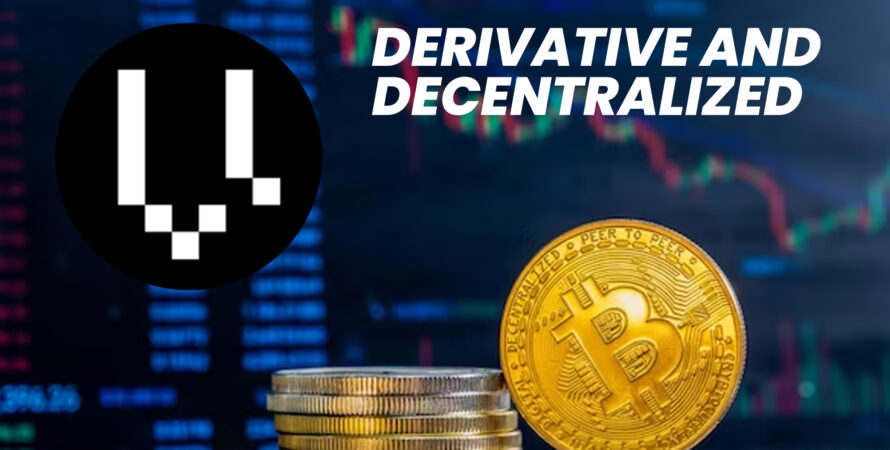- Vega protocol helps to incentivize liquidity with fully automated margin trading on open networks.
- Traditional derivative issues are easily resolved by its low latency and decentralized features.
Vega Protocol is an emerging technology with its permissionless and automated network via trading crypto derivatives. With complete automation, procedures for market creation, management, exchange, and settlements of financial products like operations are easily managed with the help of this protocol. This helps in acquiring a thoughtful design system along with rewards and incentives. Protocol is more beneficial with market-driven liquidity schemes.
What is the Vega Protocol?
The Vega protocol is an open-source blockchain network that provides automatic execution of financial products along with peer-to-peer (P2P) liquidity. This network inherits proof-of-stake (PoS) consensus security. It implements schemes that provide novel liquidity incentivization with artificial margin trading.
Smart products are innovations that help make the network permissionless. This helps in creating public products and further promoting them to new markets. This works in conjunction with a decentralized margin system. This is done by using a system for risk management models that enable the safe trading of arbitrarily complex transactions within an environment where any recovery in the event of a fault is next to impossible.
These Smart Products can reference any practical underlying price or other data. This allows users to trade a variety of instruments across global markets. Cross-chain allows trades to be settled with any crypto-asset that exists on a compatible chain. The Vega protocol defines how market makers, traders, and node operators can run high performance and decentralized markets without any human intervention.
Working of Vega Protocol
Unlike traditional crypto derivatives, Vega tries to address these limitations by building decentralized derivatives exchanges. This protocol’s core features include a suite of layers like blockchain based APIs and Dapps. This helps in creating a stack with a consensus layer. Vega developed its own proof-of-stake instead of being dependent on other blockchains to provide flexibility, security, and scalability.
The CometBFt (Byzantine fault tolerance) consensus is leveraged by this protocol. It was formerly known as Tendermint. This helps to possess instant block time, which gives high throughput of 1000 to 4000 transactions per second (Tps) and space for future enhancement or protocol upgrade.
Benefits of Vega
This protocol offers all the desirable properties expected from a decentralized protocol in terms of trading. With varying market conditions and sizes, it provides efficient execution of financial products. Vega offers some major benefits and use cases that are required in a decentralized trading platform to make it profitable.
- Transparency
Credibility is a main factor that some trading platforms fail to provide. A predictable, comprehensive and fair market operation is the key feature that participants need to trust a platform. Users don’t invest in a platform that lacks transparency. For a decentralized network, trust is the most important feature for a platform’s wide adaptation. The Vega protocol reduces all these limitations with its fair and trusted mechanism that provides more transparency according to market conditions.
- Low Latency
When most platforms are unable to provide social utility and latency, this platform provides a more accurate price reflection. With its low latency, Vega strives to reduce all the hurdles of a good trading platform.
- High Throughput and Scalability
To reach the goal of a fair trading avenue, platforms must fulfill the requirements of several participants with low network congestion. This platform minimizes the effects of external network conditions and reduces the network slowdown caused by popular token sales among trending DApps. It’s important to make a clear path for multiple individuals in the market. The underlying protocol design is independent of global state through market sharing, where all transactions are written to a single blockchain.
Conclusion
The Vega protocol is transforming the functionality of key economics with innovative decentralized features. This platform paves its way to a fair and trustable finance system with a permissionless global market. Protocol is more helpful in reducing the limitations of a centralized finance system through its experiments in future relationships with money.




